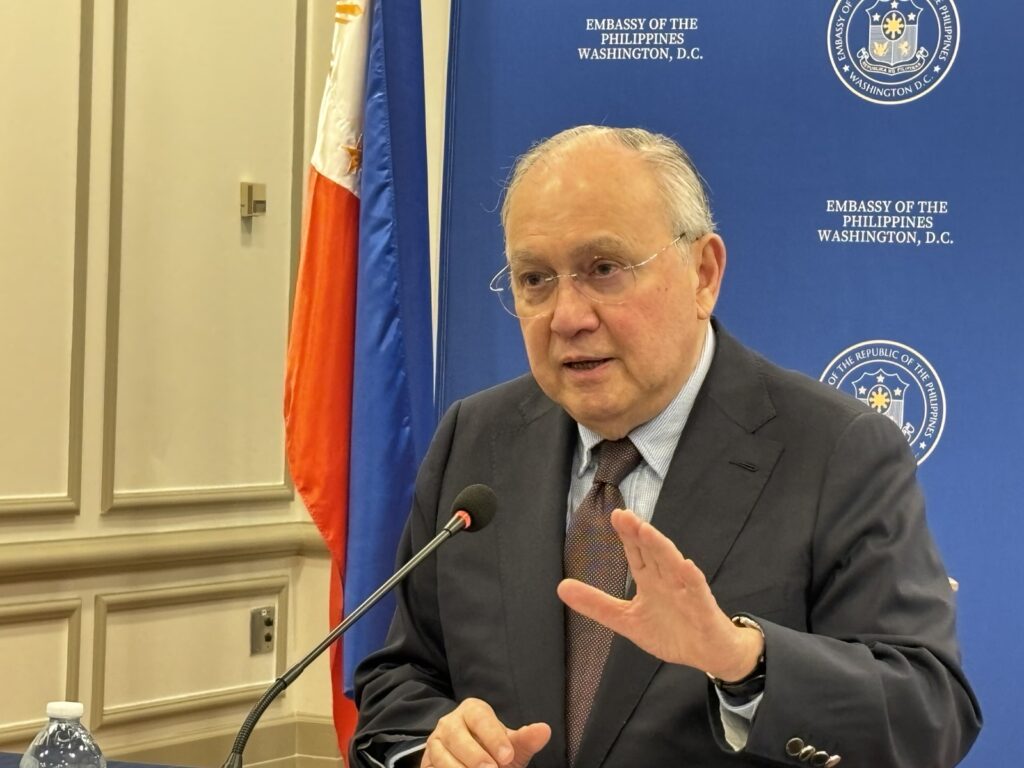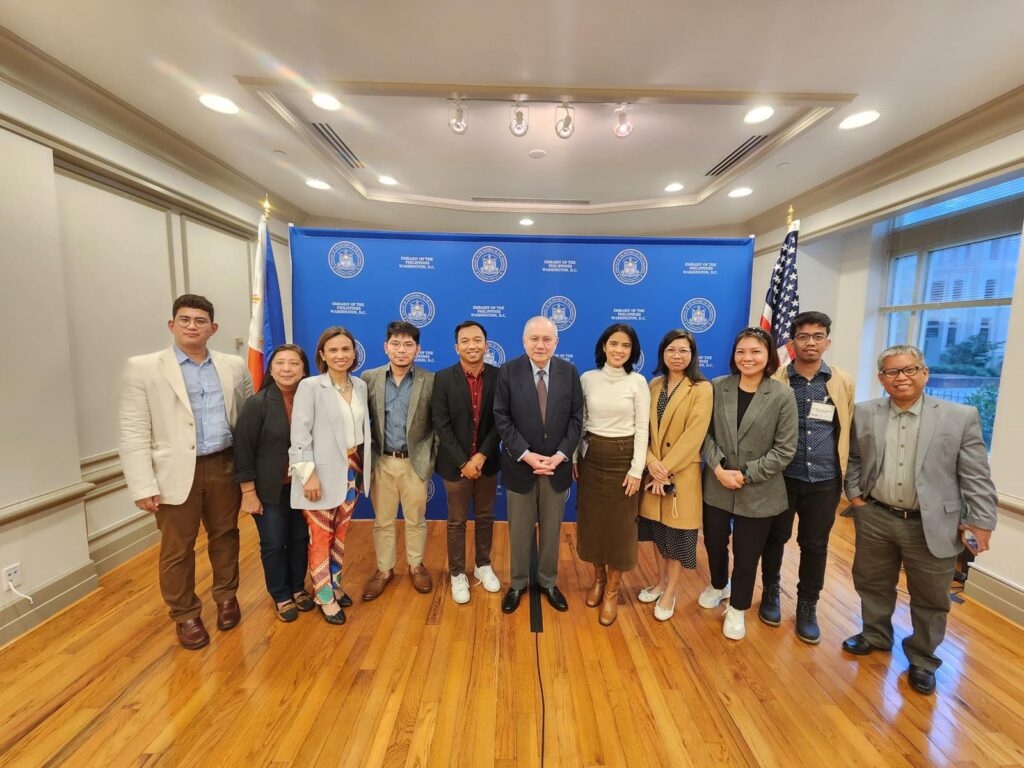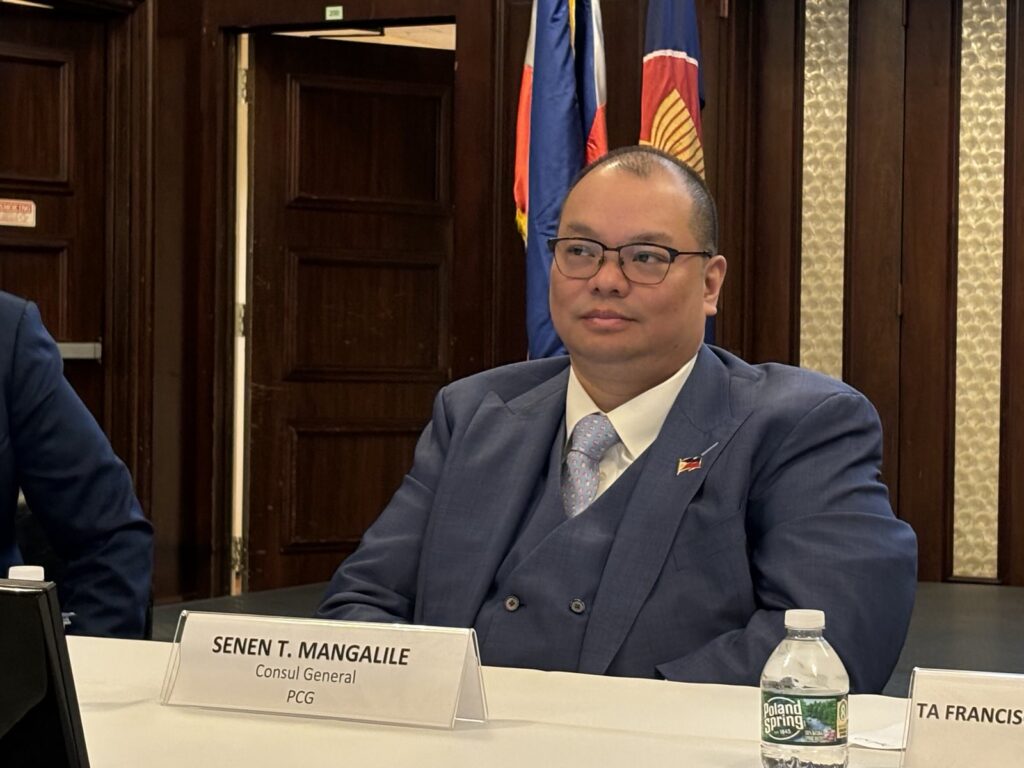US-Philippines Economic and Trade Relations

Long before Hollywood invaded Manila cinemas, or before McDonald’s whopping burgers won the hearts of Filipinos, or before GI-style military boots were all the rage, the seeds that started the Philippines-United States economic relations have long been planted.
The US economic influence on the Philippines began in the late 1800s during the outbreak of the Spanish-American War, a period that seems like many lifetimes ago. From 1898 to 1946, during the American colonial period, the U.S. began integrating the Philippine economy with its own after the war with Spain. The Philippines was then a colony of Spain but in 1898, with the signing of the Treaty of Paris on December 10, 1898, Spain ceded the Philippines to the US.
In the years that followed, the Philippines and the US would see socio-economic activities prosper. The rest, as they say, is history.
MERCHANDISE TRADE
The Philippines and the United States have maintained a robust trade and investment relationship for decades. This is evident in the consistent growth of merchandise trade between the two nations. The East-West Center, an education and research organization promoting US-Indo-Pacific relations, estimates that the total trade between the Philippines and the US has grown from $532 million in 1962 to $16.8 billion in 2020.
Pre-Covid-19 pandemic, trade in goods between the two countries saw a steady increase from $17.44 billion in 2017, $18.70 billion in 20218, and $19.64 billion in 2019, according to data from the Philippine Embassy in Washington D.C. Data from Philippine Statistics Authority showed that total merchandise trade between the Philippines and the US grew to $19.97 billion, comprising $11.55 billion in exports and $8.42 billion in imports.
The US was also the Philippines largest export destination in 2023, accounting for 15.7 percent of the country’s total exports. In terms of imports, the US was the fifth largest source of imported goods in the country at 6.7 percent of the total imports last year.
Key exports of the Philippines to the US include semiconductors, electronics, textiles and garments, coconut oil, manufactured goods, automobile parts, among others. Meanwhile, key imports of the US to the Philippines include agriculture goods, cereals, machinery, raw and semi-processed materials for semiconductors and electronics manufacturing.
Services trade between the two nations is also strong. The Office of the United States Trade Representative estimates that the US exports of services to the Philippines stood at $3.5 billion in 2022, up by 48.6 percent in 2021. On the other hand, imports of services from the Philippines were estimated at $7.1 billion in 2022, up by 38.7 percent year-on-year.
The two countries have a longstanding bilateral Trade and Investment Framework Agreement, signed in 1989, under which the US and the Philippines also have inked deals on customs administration and trade facilitation (2010), cooperation on stopping illegal trans-shipments of textiles and apparel (2006) and implementation of minimum access commitments by the Philippines (1998).
The Philippines is also a beneficiary of the US’s Generalized Scheme of Preferences (GSP) scheme.
The GSP is the US government’s largest and oldest trade preference program that allows beneficiary-partner countries to boost trade with the US through duty-free entry of select products. The GSP program was instituted in January 1976 under the US Trade Act of 1974 for 10 years, and has been renewed periodically since then by the US Congress.
For the Philippines, the GSP scheme allowed the country duty-free entry to the US market of some 3,500 eligible products. Manila’s eligibility for the US GSP expired on December 31, 2020. As of 2020, the Philippines had utilized 74 percent of its US GSP privileges, valued at $1,557,286.918. Philippine exports under the US GSP scheme include rubber tires, handbags, insulated electronic conductors, cane sugar and non-alcoholic beverages, among others.
MORE TO COME

During a meeting with Filipino journalists who participated in the Friends, Allies, Partners Program in April, Philippine Ambassador to the US Jose Manuel Romualdez (pictured at left) mentioned that there is already a push from the US Congress to renew the GSP scheme. The indefatigable diplomat was beaming with excitement. Asked if the reauthorization of the GSP will be passed this year, Romualdez said, “I think so, because it’s already been filed… we’re confident it’s going to be passed.”
“The GSP will even benefit some of the manufacturing companies in the Philippines that are US companies. We are talking about leather goods, for instance, leather items that are being [made] in the Philippines by American companies,” Romualdez said, adding that American companies “have been asking us to lobby for the renewal of the GSP.
There is no doubt that a GSP renewal would further help boost trade between the Philippines and the US. No less than President Ferdinand “Bongbong” Marcos Jr. knows this well. Marcos, speaking before a forum co-hosted by the US-ASEAN Business Council and the US Chamber of Commerce early this month, appealed to the US to expedite the reauthorization of the GSP scheme.
FREE TRADE AGREEMENT
Aside from lobbying for the reauthorization of the GSP, the Philippines is also aggressively pushing for the forging of a Free Trade Agreement with the US. Trade Undersecretary and Board of Investments managing head Ceferino Rodolfo told Filipino journalist-participants of the Friends, Partners, Allies Program in New York that there is strong support for a US-Philippines FTA in the business sector as well as “the congressional delegations that have been visiting the Philippines.”

Ambassador Jose Manuel Romualdez with Filipino journalists who participated in the reporting tour in the United States called the Friends, Allies, Partners Program organized by the Civilian Research and Development Foundation (CRDF Global) in cooperation with the US Embassy in Manila.
However, Rodolfo admitted that the current political situation in the US, as the November presidential elections draw near, makes it difficult for Washington D.C. to launch FTA talks “not just with the Philippines… it’s across all countries.”
But Rodolfo isn’t giving up hope. As a Philippine Trade official, he is well aware of the importance of a bigger trade agreement between the US and the Philippines. They will continue to push for such an agreement, he said. Moreover, US Trade Representative Ambassador Katherine Tai said last year that a bilateral FTA between the Philippines and the US was not on the negotiating table as the Biden administration was more focused on its Indo-Pacific Economic Framework (IPEF) initiative.
The IPEF, launched in May 2022, is an economic initiative of US President Joe Biden with the US’ 13 trading partners —Australia, Brunei Darussalam, Fiji India, Indonesia, Japan, the Republic of Korea, Malaysia, New Zealand, Philippines, Singapore, Thailand and Vietnam. The 14 countries making up the IPEF represent 40 percent of the global economy and 28 percent of global goods and services trade, according to the Office of the US Trade Representative.
The discussions of the IPEF are anchored on four pillars: trade; supply chains; clean energy, decarbonization, and infrastructure; and tax and anti-corruption. The Office of the US Trade Representative estimates that the US’s foreign direct investment (FDI) stock in the Philippines was valued at $6.2 billion in 2022, up 15.7 percent from 2021. The US’s investments in the Philippines are channeled through manufacturing, professional, scientific, and technical services and wholesale trade.
GOLDEN SPOT

Investments from the US are expected to grow further as bilateral economic relations between the two nations have entered a “golden spot,” according to New York Consul General Senen Mangalile (pictured at left), a veteran diplomat who has witnessed the changing ties between the US and the Philippines especially during the previous administration.
Ambassador Romualdez, likewise, said investments from the US and Japan could go as high as $200 billion in the next five years, banking on interest from American and Japanese investors following the recently concluded trilateral summit among the US, Japan, and the Philippines.
In March, US Secretary of Commerce Gina Raimondo led a Presidential Trade and Investment Mission to the Philippines, bringing 22 US companies who are expected to pour in $1 billion worth of investments in the country. Raimondo also sees the Philippines’ semiconductor industry to grow as American firms are moving to diversify their sources of chips or semiconductors, which are currently dominated by Taiwan and South Korea.
Marcos had expressed confidence that US’ support under its CHIPS Act would boost the Philippines’ semiconductor sector. The CHIPS Act authorizes new funding to boost research and manufacturing of semiconductors in the US. The said law will also ensure US leadership in the technology that forms the foundation of everything from automobiles to household appliances to defense systems.
LUZON ECONOMIC CORRIDOR
Another initiative that the US is undertaking, with Japan, is the development of the Luzon Economic Corridor. The Luzon Economic Corridor initiative was announced at the historic Trilateral Leaders’ Summit in Washington DC in April. The Luzon corridor initiative aims to connect Subic Bay, Clark, Manila, and Batangas, which will include high-impact infrastructure projects such as ports, rail, clean energy, semiconductors, supply chains, as well as other forms of connectivity in the Philippines.
Marcos said projects under the Luzon Economic Corridor were seen to create strategic connections between Subic, Clark, and the CALABARZON Region, a prime location for export-manufacturing firms.
NUCLEAR COOPERATION
Apart from trade and investments, the US and the Philippines are also expanding their partnership with a civil nuclear cooperation agreement. In November 2023, both countries signed the “123 Agreement,” which would allow the US to export nuclear technology and material to the Philippines, providing a legal framework for civil and nuclear-related investments, particularly nuclear power.
In May this year, Energy Secretary Raphael Lotilla and US Agency for International Development-Philippines Mission Director Ryan Washburn signed a memorandum of understanding to promote the Philippines-US Civil Nuclear Cooperation months after the forging of the “123 Agreement.”
Under the accord, the USAID will commission a study on nuclear power viability to assist the Philippine government in engaging stakeholders for enhanced public acceptance of nuclear power in the country. The study also aims to provide an overview of the technical, socio-economic, financial, and regulatory aspects of nuclear power in the Philippines. The bilateral economic relations between the US and the Philippines stood strong for decades as seen on the various pacts forged between the two countries encompassing trade and investments.
But there is still so much to look forward to.
An FTA between the Philippines and US, for instance, would surely help local Philippine industries better penetrate markets in the US. The garments sector is one such industry. Consul General Mangalile was right in saying that economic relations between the two countries are in a golden spot today amid the many ongoing initiatives. However, only time will reveal whether the US and the Philippines are genuinely committed to advancing these programs and initiatives to ensure that the bonds between the two nations endure and eventually enter the long-desired golden age.
Written by Iris Gonzales (Philippine Star) & John Ted Cordero (GMA News Online), and edited by Lucky Malicay (The Freeman)



